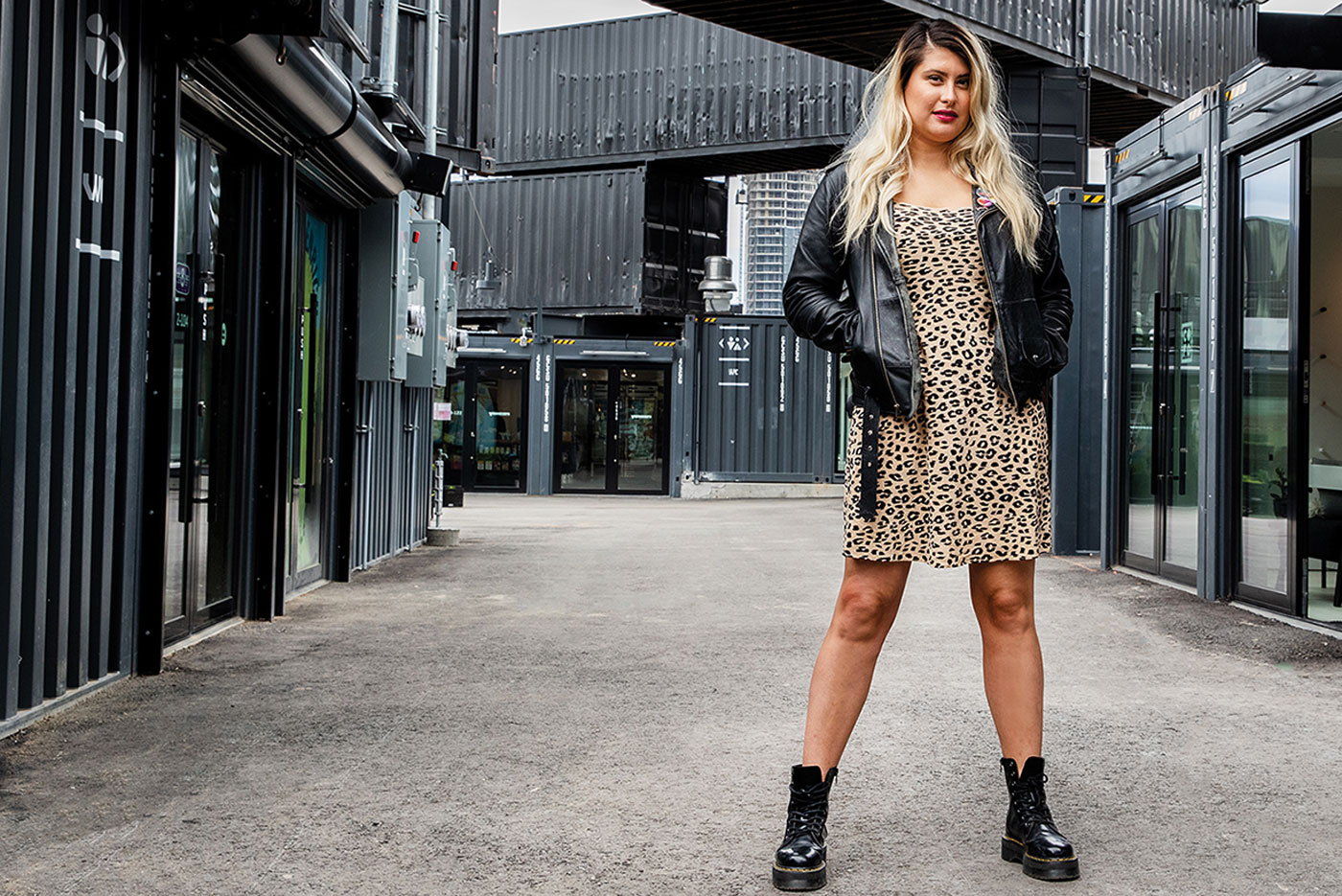After winning the Short Film Special Jury Award for Directing at Sundance in January, Alexandra Lazarowich spent the next several months on the road showing the film at festivals — first in New Zealand, then New York, a skip over to Toronto, then Cleveland. Nearly every week, she was in a different city, screening a film that won one of the most prestigious awards in the independent film industry. But when asked if the award has opened doors, Lazarowich, a Cree documentary filmmaker, laughs. “Not at all,” she says cheerily, “not at all. I’ve had some coffees with some people, but coffees don’t pay bills. All I can do is put my head down and keep moving. Just keep moving.”
It’s a tough business, Lazarowich says, one where filmmakers can be there one moment and gone the next, so, for the ambitious 33-year-old, fulfillment comes from filming people whose stories may otherwise go unnoticed.
The story behind Fast Horse is one that Lazarowich
knew had to be told, and she remembers the exact moment that realization struck. She was standing behind a horse chute at the Calgary Stampede as Cody BigTobacco, an Indigenous young man, dismounted one horse before jumping on a second to race towards the finish line alongside several competitors.
The crowd erupted in a roar of applause loud enough that it reverberated in Lazarowich’s chest. She was watching Indian Relay, a fast-paced, treacherous sport whereby jockeys on horseback race around a track three times, each time dismounting and taking a running leap onto a new horse. It’s been practised for about 400 years and has been a part of Alberta’s rodeo scene for decades. In 2017, when Lazarowich attended the Stampede, it was on the international rodeo’s lineup for the first time.
While Lazarowich grew up around Lesser Slave Lake, watching the sport in local rodeos, the moment marked a first for her in a different way. “I had never seen in my entire life 100,000 people from all kinds of backgrounds cheer for native kids,” she says. “I was so moved and shocked … that I knew we needed to make a film that represented that very specific moment that I experienced. I knew that this was going to change people’s lives. And I knew we had to document it.”
